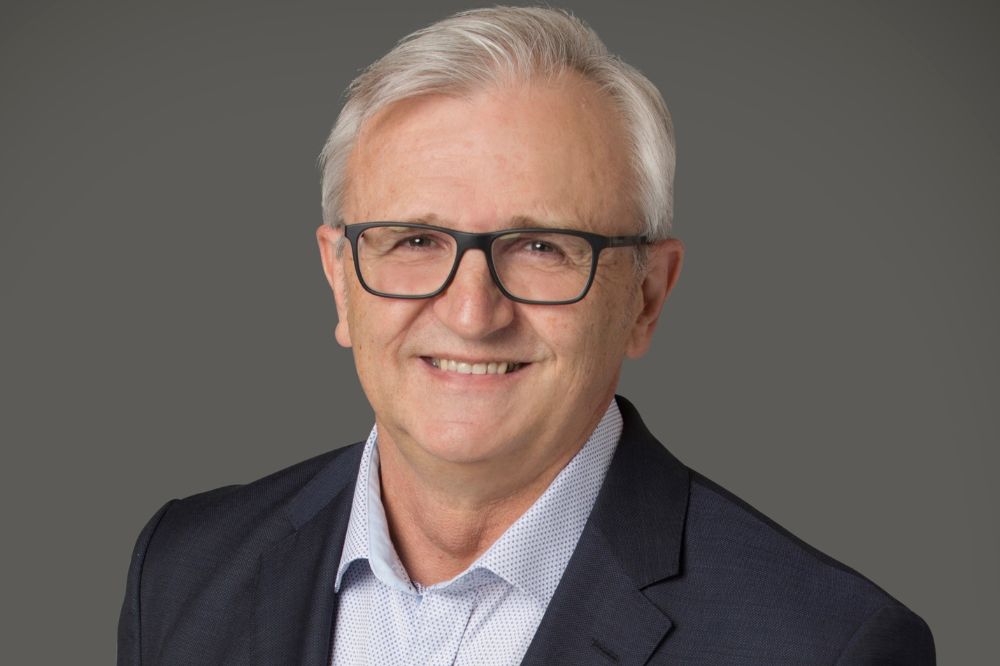Intermediated motor claims: “It’s getting worse”

Intermediated motor claims: “It’s getting worse” | Insurance Business Australia
Motor & Fleet
Intermediated motor claims: “It’s getting worse”
“Some of the presentation may seem a little bit negative” says expert
Motor & Fleet
By
Daniel Wood
At the Insurance Business Innovation Summit last week, a presentation by Angat Sandhu, a partner with McKinsey & Company, imagined a personal lines claims scenario in the year 2030.
A slick video showed a smiling woman on her motor claim journey. As she drove, minor damage to her car was automatically detected by the vehicle’s sensors. A claim was automatically sent to the insurer digitally and a repairer approved and organised – without the insured having to do anything.
Daniel Lukich (pictured above) would have appreciated the irony.
Lukich is sales and strategic relationship manager for AAMC, one of Australia’s largest providers of motor accident management services. His firm manages more than 100,000 intermediated claims per year, many from brokers.
His presentation, directly before Sandhu’s, didn’t give Lukich – or the audience – much to smile about. “Intermediated claims vs. direct – The widening gap: Efficiency, cost control and customer experience” detailed the worsening situation for everyone, particularly customers, in the intermediated motor claims space.
“Some of the presentation may seem a little bit negative,” said Lukich.
Insurer’s tech advances focus on personal lines
Nonetheless, he said AAMC was “really excited” about the advancements in technology that are improving the customer experience and creating efficiencies in the claims process. The big issue, argued Lukich, is that few of these advancements are making it to the intermediated motor claims space.
In recent years, Lukich and AAMC have invested energy and time in stakeholder conversations, media interviews, webinars and conference presentations to try and convince insurers and motor industry colleagues about the need to change the intermediated motor claims process.
Lukich said any innovations and advances in the insurance space focus on personal lines.
“With the intermediated claims, languishing really, by comparison,” he said.
Two different motor claims journeys
Lukich got personal. He detailed the recent personal lines motor claims journey of his wife and compared that with the experience of his father who used a broker.
Lukich said it took his wife about 10 minutes to send in a claim online after a minor accident. She was also able to select and book a repairer online. The whole process, from claim to finished repair, took days. The speed had nothing to do with being a loyal customer – she’d only signed up with this insurer about a year ago.
In contrast, his father’s intermediated claim took six weeks just to process. When that finally happened he was given no choice of repairer. Lukich observed that his father received no advantages from having arranged his insurance through the same broker for 15 years.
However, he said the issues in the intermediated space are not just about slow adoption of new technology, the whole claims model needs to change.
In any case, he said, for brokers in the intermediated space, those future technologies already in the personal lines space, could be several years away. Lukich referred to recent updates from Insurance Australia Group (IAG). The insurer said its main digital upgrades in the broker realm are a couple of years way.
Issues that can be fixed now
Meanwhile, there are concrete practical issues that can be fixed, he said.
“If insurers and brokers continue to provide a static claim form and advise [the customer] to go and get a quote, how can any of this technology benefit the customer, or the insurer, or the assessor, or the motor repairer?” he said. “If it’s engaged on day 15 – it’s too late.”
In the intermediated space, he said, it generally takes about 21 days from the submission of a claim to an insurer approving it and registering it. This “critical” but “passive” period, he said, leaves the customer and broker waiting.
“That’s the only time an insurer can initiate cost control levers and supply chain strategies,” said Lukich. “An insurer that remains passive until registration and doesn’t create a mechanism where the brokers can easily involuntarily set the claim up for success won’t gain any benefit from future technologies whatsoever.”
Lukich said “we all know” that claims models, like this one, are a “burning issue.”
One significant step that would improve the model, he said, involves insurers allowing claims managers, like AAMC, to get involved in the claims process from day one, not from registration of a claim.
AAMC recently launched a special on-call team to serve intermediated customers. However, the problem for AAMC, said Lukich, is that they need permission from the insurers to engage with customers before the claim is registered.
“We are going to do the job anyway, what we’re asking for is ‘can we have it on day one, not on day 10’?” said Lukich. “It’s not a big ask.”
What’s needed, said Lukich, is a “whole claim mindset” that involves insurers, brokers and their stakeholders identifying the right time to engage with suppliers.
“That can be done today,” he said. “We don’t need any technology to do that.”
Lukich said he remains optimistic. However, he told Insurance Business that right now, “It’s getting worse.”
Are you a broker in the intermediated motor claims space? What are the challenges? Please tell us below
Related Stories
Keep up with the latest news and events
Join our mailing list, it’s free!






